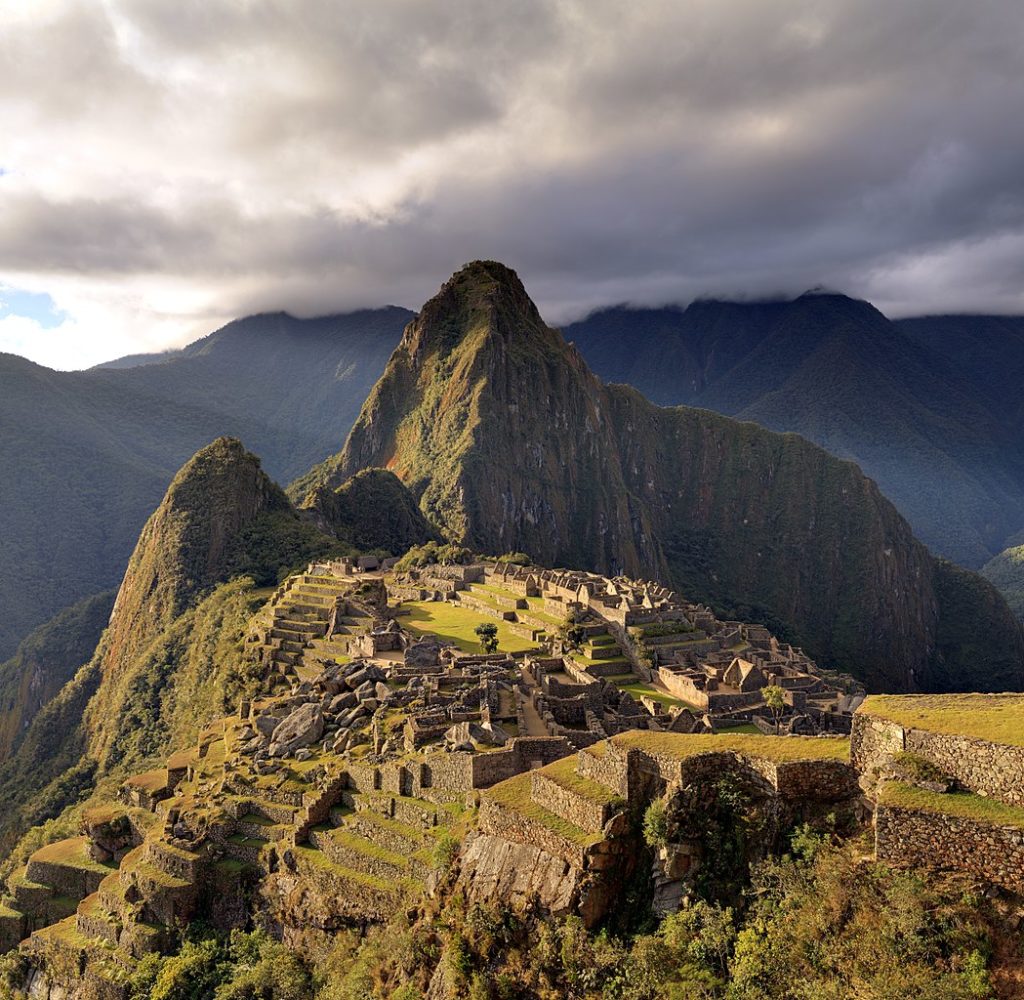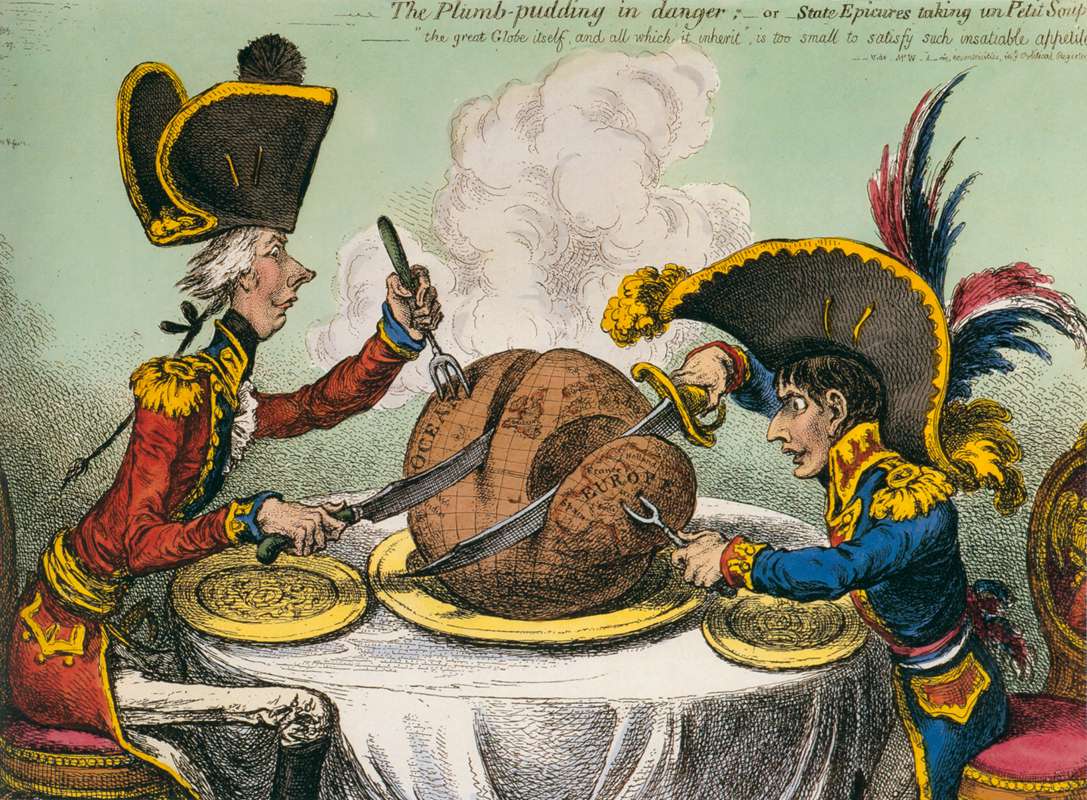Racism is defined as “Discrimination directed against someone of a different race based on the belief that one’s own race is superior.” And most commonly people tend to think that as long as they avoid use of derogatory slurs and consciously intend no ill will towards those of other races and cultures that they are obviously accepting and not at all racist. If only this were the whole truth.
Our nation arose in a bloody dust cloud settling over a large portion of the globe in the wake of the English empire’s ruthless dominance. This was not unlike empires already passed, but England seems to be the turning point where the attitude of shameless dominance transformed into a psychology of nationalist Narcissism.
Instead of blatantly conquering, the English carried an attitude that all other peoples were, essentially, savages and that they should be thanked profusely and monetarily for gracing what they deemed “lesser” cultures and ways of life with their magnificent beneficence.
A perfect example of this are the canals the British soldiers built throughout several regions of India during their brazen occupation there. The Indian people already had their own water collection system in which it gathered in enormous cisterns in centralized locations within a community.
Thinking their own white brains to be far superior as an obvious fact of existence, the English dug new canals to allow that water to flow throughout the community making it easier for the locals to gather water while making example of their own civilized superiority. Well, those canals were too shallow and the insects breeding in the stagnant water became a health issue almost instantaneously. Waste and pollutants gathered in them and caused a major problem in those regions.
So much for white supremacy.
Related Articles

Another fine example is the way we still define what qualifies as a “civilization” in our academic world. The criteria was decided by V. Gordon Childe in the mid 20th century and in the height of a booming global economy focused, as it still is, on transforming natural resources into capital gains as rapidly as possible. Childe also made this distinction in a time where scientific materialism was growing quickly into the solidified Western philosophy it has now become.
V. Gordon Childe’s parameters for civilization includes writing. This instantly qualifies the Inca as barbarians. The Inca, a functioning society of over 12 million with a capital city, laws, government, religion, a postal service, 18 thousand miles of roads, pioneers of potato farming and actual brain surgery have been reduced to barbarians by the very system of education you currently pay to attend.
If it seems ridiculous to you that you won’t ever study the Andean people (misnamed “Inca” by the Spaniards, a word meaning king) in a Civilization class, please know that you aren’t alone. Many professors also find this appalling, but still we use this system.
So is this intentionally racist? No. Is it still racist? Unquestionably, yes.
The criteria was determined by one man and agreed upon and never openly reexamined or revised. We have a responsibility to look deeper into our conventions and habitual thinking. We have an obligation to weed out these pesky outdated notions that sit invisibly in the corners of our eyes.
Seeing these behaviors and thought patterns in ourselves is the first priority. Then, living by example is the kindest and most ethical method of which I am aware to help others change their thinking. These issues either heal or they fester.
It’s up to our generation to begin correcting these misperceptions for the sake of the future and for the sake of a more accurate human history.
Brian Yoder
Reporter


